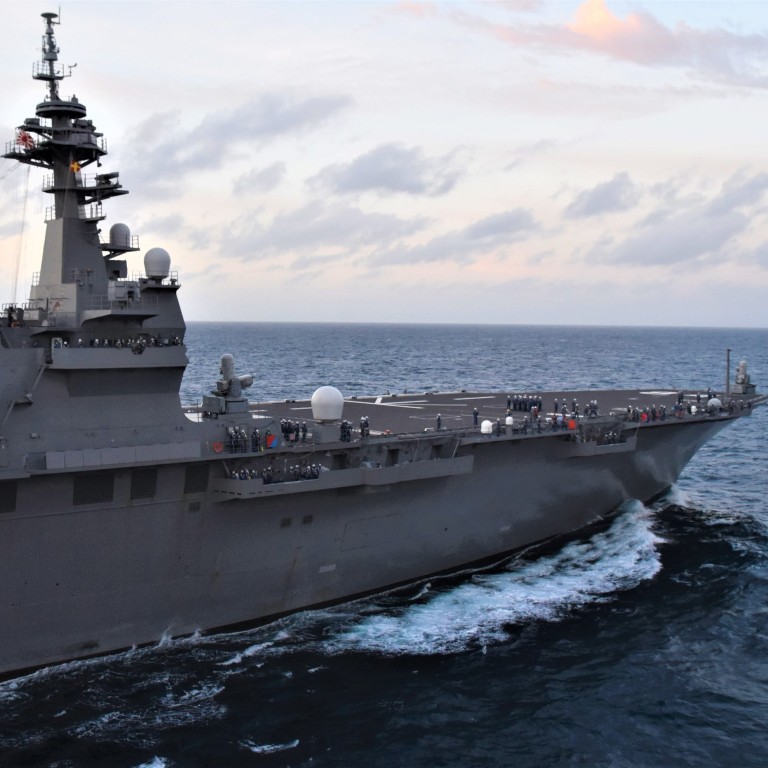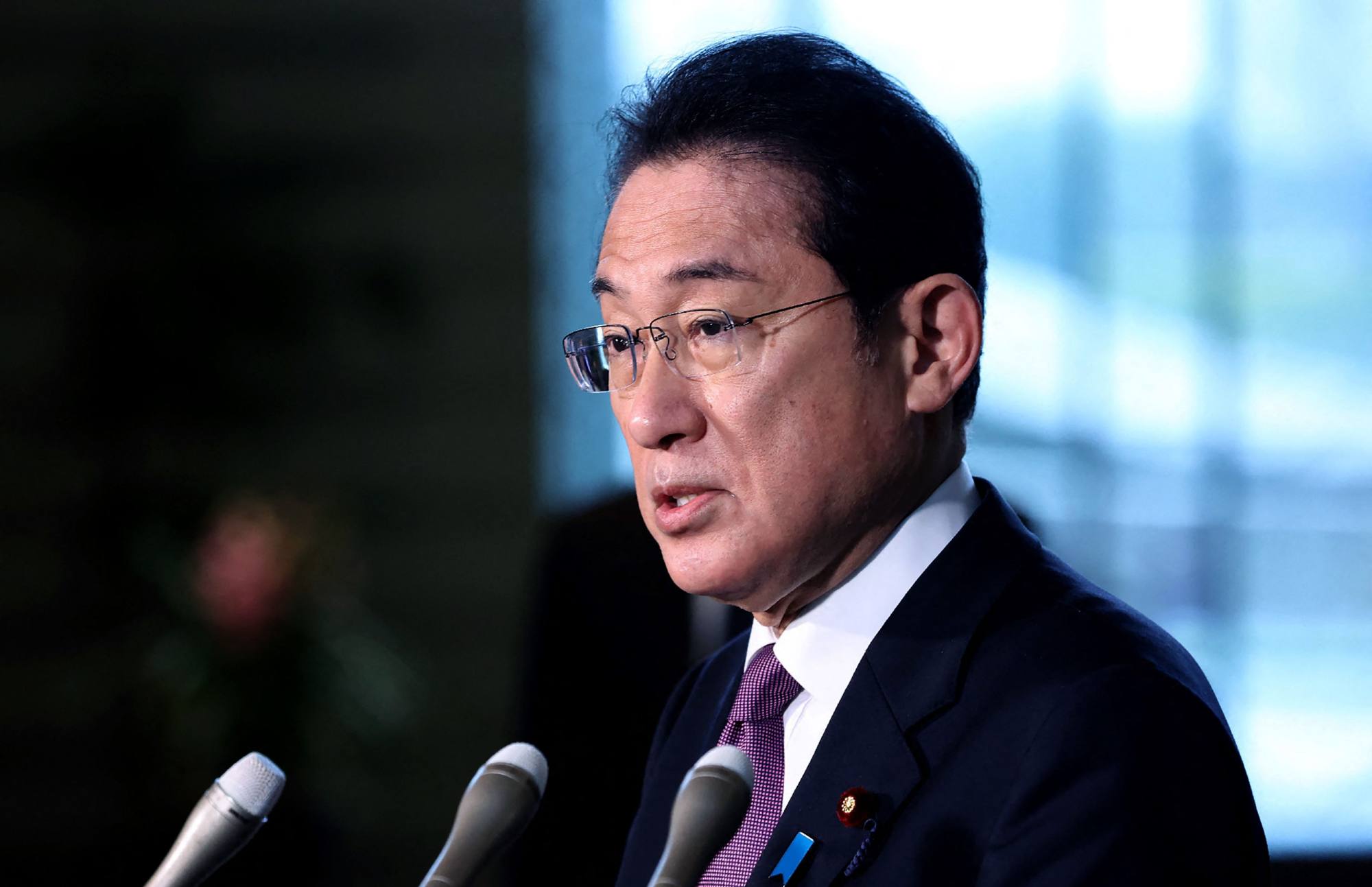
Japan’s defence pact with Australia reflects its shifting military posture as concerns over China grow
- Tokyo is building up its military capabilities in a way it has not done for 75 years. US allies are, meanwhile, deepening ties with each other and forging new defence relationships
Although the agreement is a far cry from permitting the stationing of Australian forces on Japanese territory, it does lay out the intricate rules governing the conduct and presence of visiting troops, from the validity of identification documents to the taxes and duties they must pay.
In essence, it streamlines the process of allowing Australian vessels, aircraft, vehicles and troops into Japan (and vice versa) and makes it easier for the two countries to engage in joint exercises and military cooperation.
Japan’s “normalisation” began just after the Cold War. The country’s military, the deliberately-named Self-Defence Forces (SDF), has long been constrained by the post-war constitution, which forbids the maintenance of offensive military capabilities.
Initially, any overseas deployment by the SDF was constrained to non-combat theatres, with Japanese troops only able to defend themselves. Now, the SDF are legally allowed to defend foreign nationals and support combat operations.
Indeed, Japan’s overseas deployments have become so regular that in 2011 the country opened its first overseas base since 1945, in Djibouti. The base has facilitated the use of maritime patrol aircraft and various naval vessels in the Indian Ocean ever since.
Meanwhile, the country’s procurement and budget policies have slowly evolved. In 2009, Tokyo commissioned the Hyuga-class helicopter carrier, its first post-war aircraft carrier.
The country’s defence budget has also been increasing. Back in 1976, Japan had a stated policy not to increase its defence budget above 1 per cent of its GDP. But annual increases since 2012 have made that historical policy disappear.
Will Japan’s defence moves heighten tensions in the Taiwan Strait?
Even before the RAA with Australia, then, Japan’s defence posture was steadily becoming more outward-facing, more offensive and more “normal”. As the agreement with Australia demonstrates, that process coincided with a shift in alliances.

What this means for China is a more complicated security environment in the region. Japan is just across the sea from China and boasts the world’s third-largest economy and one of East Asia’s strongest militaries. It is now building up its capabilities in a way it has not done for 75 years. Meanwhile, US allies are deepening their ties to each other and forging new defence relationships.
It is becoming increasingly likely that any contingency over, for instance, Taiwan could now involve not only the US, but also allies such as Japan and Australia. Overall, for Beijing, the neighbourhood is looking a little less friendly.
Christian Le Miere is a foreign policy adviser and founder of Arcipel, a strategic consultancy


